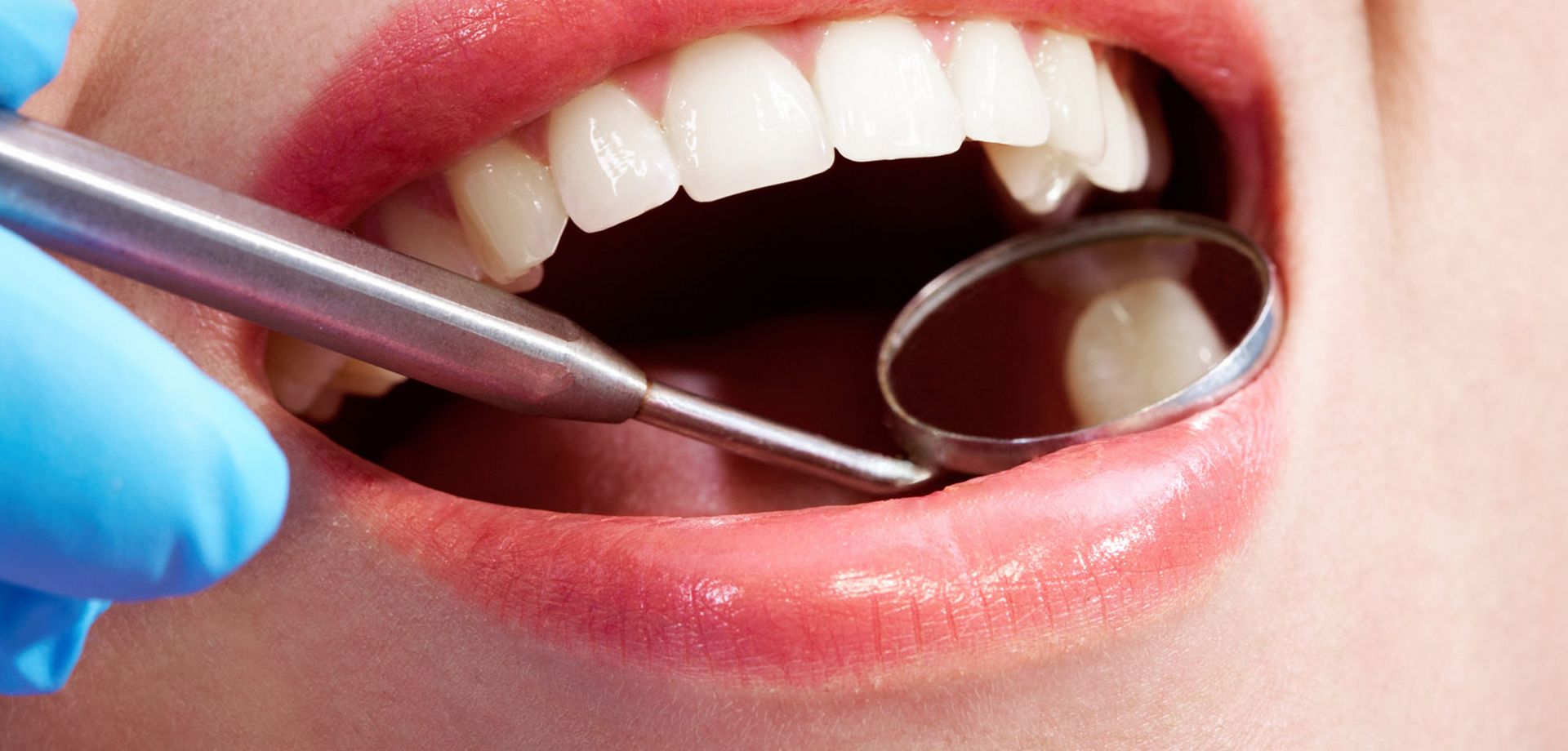
Dental Fillings
Dental Fillings
It is no doubt that dental health plays a vital role in a person’s overall health. However, despite its importance, many Americans are still living with dental issues. Did you know that about 26% or 1 in every 4 adult Americans have untreated tooth decay? Not only that, almost half of adult Americans aged 30 years and above are showing signs of gum disease.
What are Dental Fillings?
Dental fillings are a popular dental treatment that aim to repair worn, decayed and damaged teeth. A filling made of complex artificial substances will be used in filling the holes of the damaged teeth; thus, restoring the shape of your teeth and giving them more stability. Dental fillings also help prevent further decay and damage to the treated teeth.
What are the types of Dental Fillings?
The fillings used in dental filling treatments are made of different materials. The most common types of dental fillings are as follows:
- Tooth-colored composite fillings
Tooth-colored composite fillings are made of powdered glass and resin mixed. The good thing about composite fillings is that they match the tooth color. Plus, it releases a small amount of fluoride, making your teeth stronger and preventing further cavities. Another advantage of composite fillings is their versatility. It can chemically bond with your natural tooth and fix chips and small gaps.
The downside with using composite fillings is that it is not as durable as other dental filling materials. Dental fillings made of composite materials should be replaced after five to ten years. Composite fillings are also more expensive compared to other filling materials such as amalgam fillings.
- Glass ionomer fillings
A glass ionomer filling is a type of dental filling made up of acrylic and a particular glass material type. Like tooth-colored composite fillings, glass ionomer also releases fluoride, which will benefit the teeth and gums. Glass ionomer filling is typically used in filling below the gum line and in young children. While glass ionomer filling is more affordable than composite fillings, it is also more susceptible to damage and fracture. Glass ionomer filling will typically last for up to five years.
- Ceramic fillings
A ceramic filling is a popular dental filling material famous for its durability and aesthetic appeal. It is usually made of porcelain. A ceramic filling can last for at least 15 years and is resistant to staining and abrasion. However, if you want to use ceramic fillings, the decayed or damaged part of your tooth must be large enough to make the filling durable and prevent breakage.
- Amalgam fillings
An amalgam filling is one of the most popular dental filling materials used by many dentists. It is made up of mercury and silver alloy mixed, which allows it to be more durable and affordable than other dental filling materials. However, it is not as aesthetically pleasing as the other filling materials since amalgam filling doesn’t match the natural color of the teeth. While some may hesitate to fill the mercury component, the World Health Organization (WHO) and the Dental Federation have supported silver amalgam as a dental filling.
- Gold fillings
As its name implies, a gold filling is a dental filling made of gold, copper, and other mixed materials. These materials are typically used in crowns and partial dentures. While a gold filling is very durable, it can last for at least 20 years and it can be very costly. Using gold fillings can cost up to ten times the amalgam fillings cost.

